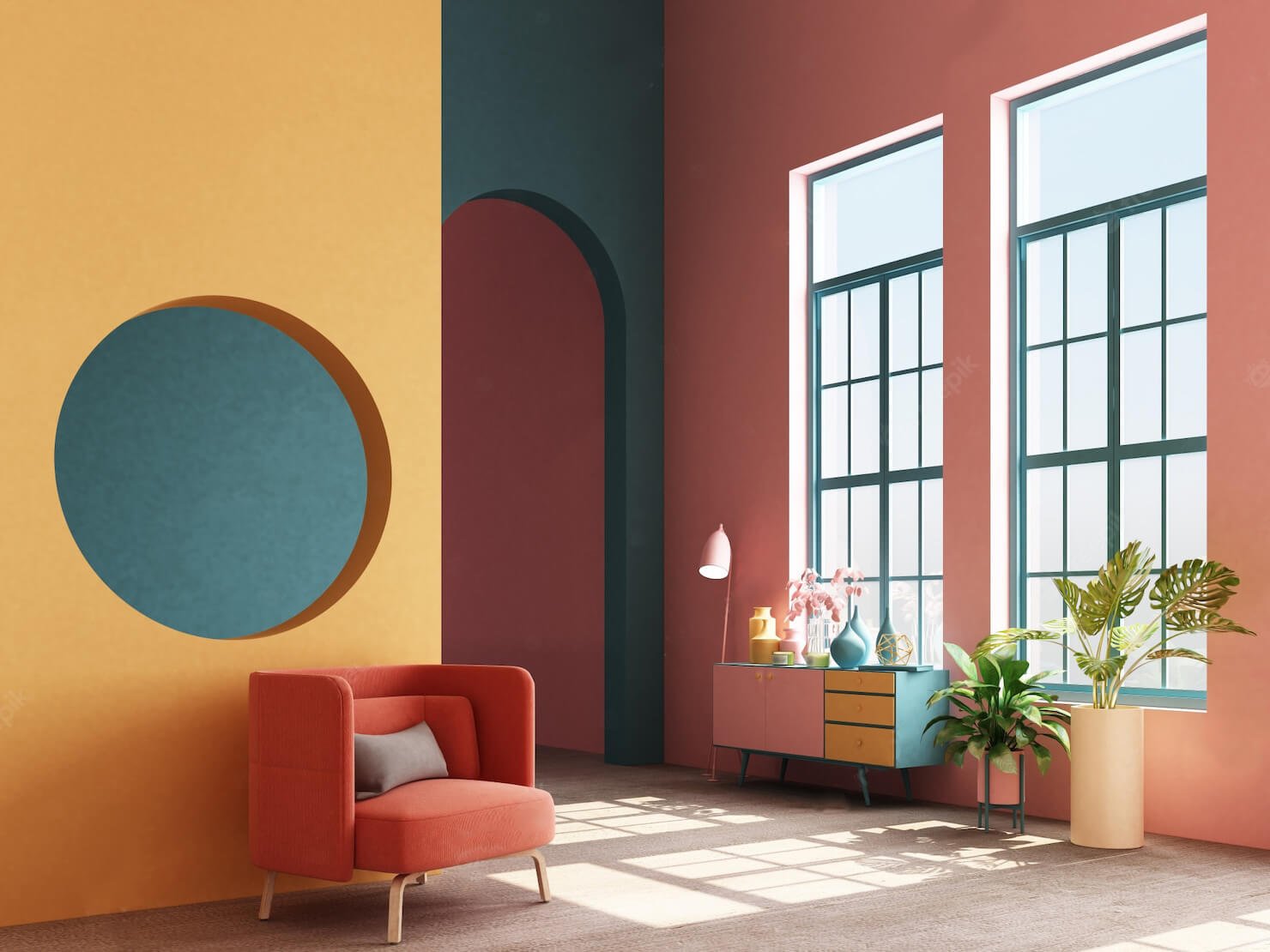Building successful client relationships is crucial for the growth and sustainability of startup design agencies. However, certain client behaviors can inadvertently hinder the progress and potential of these agencies. In this blog post, we’ll explore the detrimental actions that clients often engage in, which can negatively impact startup design agencies. We’ll also touch upon some common dialogues that clients use to exploit design agencies.
Continually e-enable end-to-end solutions with pandemic systems. Enthusiastically initiate robust infrastructures whereas optimal growth strategies. Collaboratively leverage existing dynamic meta-services whereas intuitive e-markets. Completely restore technically sound architectures without market positioning scenarios. Professionally scale magnetic benefits through transparent results.
Setting unrealistic expectations and demanding expedited project timelines without considering the complexities of design work can strain the agency’s resources and compromise the quality of deliverables. Clients should understand the importance of allowing adequate time for thorough design ideation, iteration, and refinement.
Lack of Clear Communication and Feedback
Clients who fail to provide clear and constructive feedback can impede the design process. Vague or inconsistent communication regarding design preferences, expectations, and revisions can lead to misunderstandings and prolonged project timelines, hindering the agency’s efficiency and productivity.
Unrealistic Expectations and Timelines
Setting unrealistic expectations and demanding expedited project timelines without considering the complexities of design work can strain the agency’s resources and compromise the quality of deliverables. Clients should understand the importance of allowing adequate time for thorough design ideation, iteration, and refinement.
Scope Creep and Constant Revisions
Frequent scope changes and endless revision requests can disrupt the workflow of a design agency, leading to project delays and increased resource allocation. Clients should strive to provide comprehensive project briefs and minimize scope creep to ensure a streamlined and efficient design process.
Undervaluing the Importance of Design
Clients who undervalue the significance of design in shaping brand identity, user experience, and market positioning may overlook the expertise and strategic contributions of the design agency. Recognizing the pivotal role of design in driving business success is essential for fostering a collaborative and mutually beneficial client-agency relationship.
Micromanagement and Inflexibility
Excessive micromanagement and a lack of trust in the agency’s creative process can stifle innovation and limit the agency’s ability to deliver impactful design solutions. Clients should embrace a collaborative and flexible approach, allowing the agency the creative freedom to execute their vision while providing constructive guidance.
Non-Payment or Delayed Payments
Non-payment or delayed payments for design services can significantly impact the financial stability and operational continuity of a startup design agency. Timely and transparent financial transactions are essential for sustaining the agency’s growth and delivering exceptional design outcomes.
Dialogues That Exploit Design Agencies
Clients may use certain dialogues that exploit design agencies, such as:
- “We haven’t used your design yet, so there is no need to pay you”
- “We didn’t expect to pay for revisions.”
- “We can’t afford to pay you right now.”
- “We’ll work until it’s perfect. I don’t care about deadlines.”
In conclusion, understanding and addressing the detrimental client behaviors that can hinder startup design agencies is essential for fostering productive and mutually beneficial client-agency partnerships. By recognizing the impact of clear communication, realistic expectations, collaborative flexibility, and financial transparency, clients can contribute to the success and growth of design agencies, ultimately leading to the delivery of exceptional design solutions and impactful brand experiences.
By acknowledging and mitigating these detrimental client behaviors, both clients and design agencies can cultivate a harmonious and productive working relationship, driving the achievement of shared goals and long-term success.




